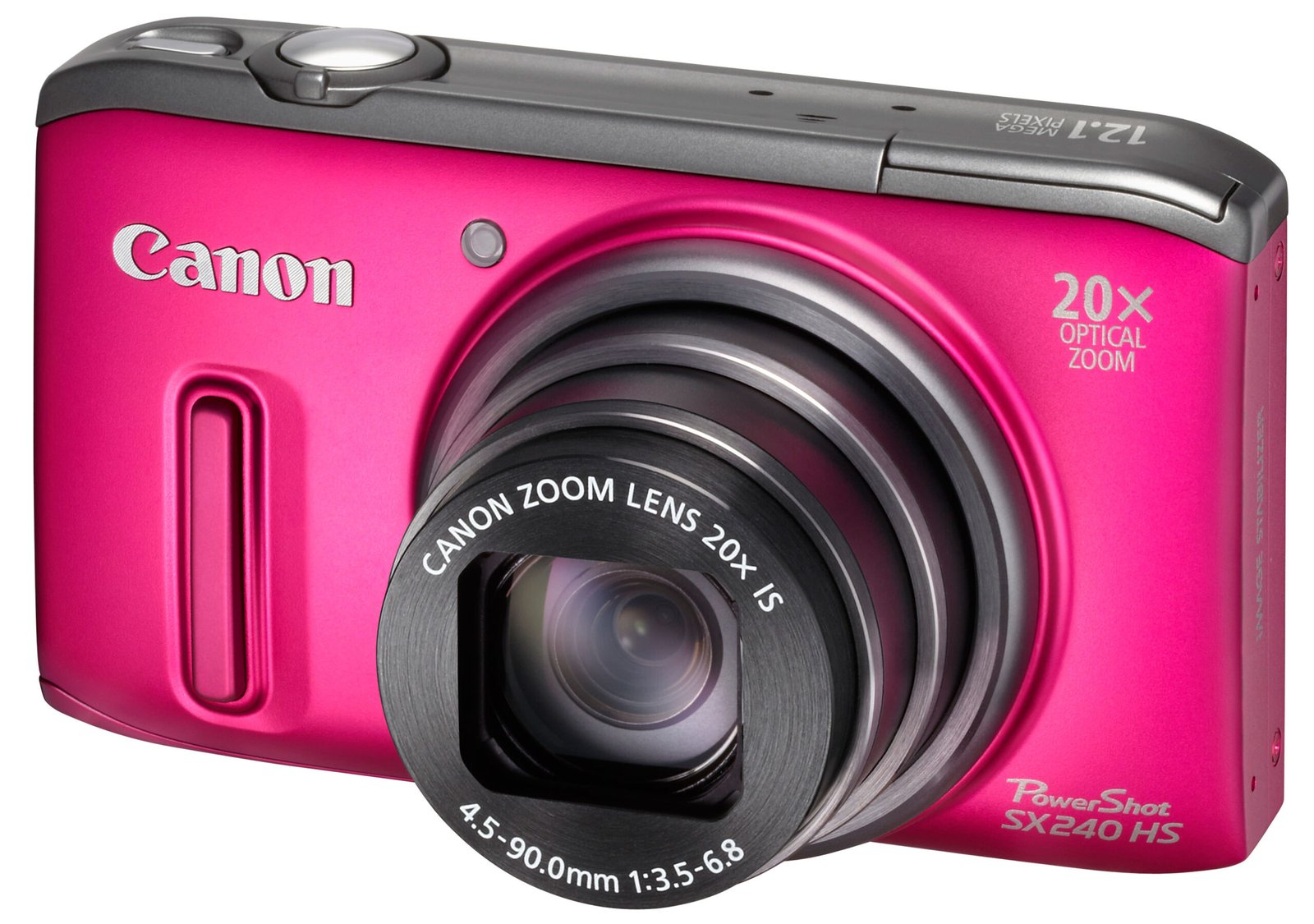When it comes to photography, camera resolution plays a pivotal role in the quality of your images. Many photographers often overlook this aspect, but understanding resolution is crucial for capturing sharp, detailed photos. In this post, we will delve into the importance of camera resolution in photography and how it can impact your work.

What is Camera Resolution?
Camera resolution refers to the number of pixels that a camera’s sensor can capture in an image. It is typically measured in megapixels (MP). Simply put, the higher the resolution, the more pixels are available to create a sharper and more detailed image. Higher resolution allows for larger prints, more flexibility in cropping, and better image clarity overall.
It is important to note that while a higher resolution might seem appealing, it doesn’t always mean better quality. Several other factors, like the camera’s sensor quality and lens, also affect the final image quality. Therefore, a balance is necessary.
Why Camera Resolution Matters in Photography
Camera resolution is essential because it directly affects the sharpness and detail of your images. If you are a professional photographer or an enthusiast, high-resolution cameras provide the flexibility to capture more detail in various situations. For example, if you’re shooting landscapes or architectural photography, you want to capture every nuance of the scene. In these scenarios, higher resolution helps ensure that every tiny detail is visible, making your images appear crisp and lifelike.
Moreover, photographers working with large prints or commercial work benefit from higher resolution. When you scale up an image, a higher-resolution file maintains its sharpness, preventing pixelation. This is particularly important in advertising, posters, and gallery prints.
How Resolution Affects Editing and Cropping
One of the advantages of high-resolution images is the ability to crop or edit them without losing significant quality. Photographers often need to crop their images to focus on specific subjects or correct composition. Higher resolution images provide ample room for this type of adjustment without degrading the image. For example, you can crop out a portion of the image while still retaining detail in the remaining area. This makes high-resolution cameras extremely versatile and useful, especially in post-production work.
In contrast, images with lower resolutions may lose detail or become pixelated after cropping or heavy editing. This can be a significant limitation, especially if you need to deliver high-quality images for clients or personal projects.
The Trade-Off Between Resolution and File Size
While higher resolution offers several advantages, there are some trade-offs to consider. One of the main drawbacks of using high-resolution cameras is the increased file size. Images taken with higher megapixels will consume more storage space, both on your memory cards and in post-processing software. Large files can slow down your workflow, especially if you work with many photos at once.
Additionally, larger files require more powerful computers and software to edit efficiently. If your system is not equipped to handle high-resolution images, you may experience slower processing times. Therefore, it’s crucial to assess your specific needs and consider the trade-off between resolution and file size.
Camera Resolution and Low Light Performance
Another aspect to keep in mind is that higher resolution does not always guarantee better performance in low-light situations. Cameras with higher megapixels typically have smaller individual pixels on the sensor, which can affect their ability to capture light. As a result, high-resolution cameras may struggle in low-light environments, producing more noise or grain in images. On the other hand, cameras with lower megapixels but larger pixels often perform better in low-light conditions.
Thus, while camera resolution is important, it is not the sole factor in determining image quality. Low-light performance, dynamic range, and lens quality should also be considered when selecting a camera.
Conclusion
In conclusion, camera resolution is undeniably important in photography, but it is not the only factor that dictates image quality. A higher resolution provides greater detail, more flexibility in cropping, and the ability to create large prints without sacrificing quality. However, the trade-off in terms of file size, editing requirements, and low-light performance must be carefully considered. Ultimately, photographers should choose a camera resolution based on their specific needs, ensuring that it aligns with their creative and technical goals.











